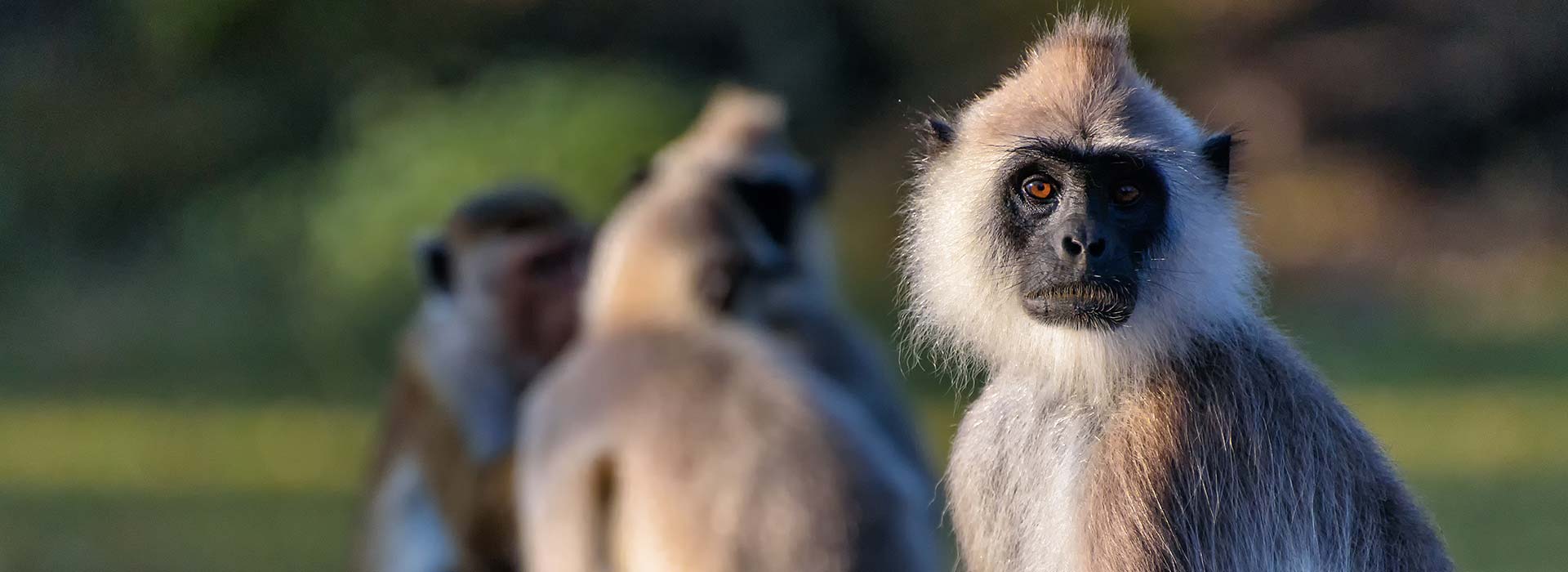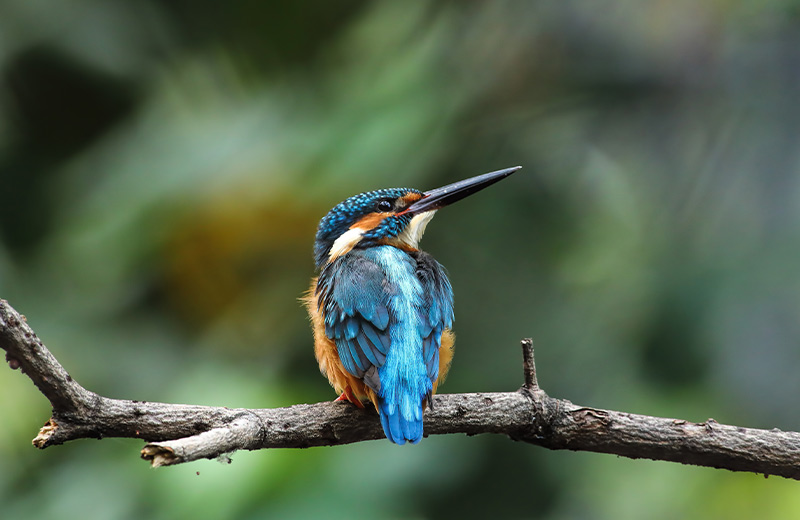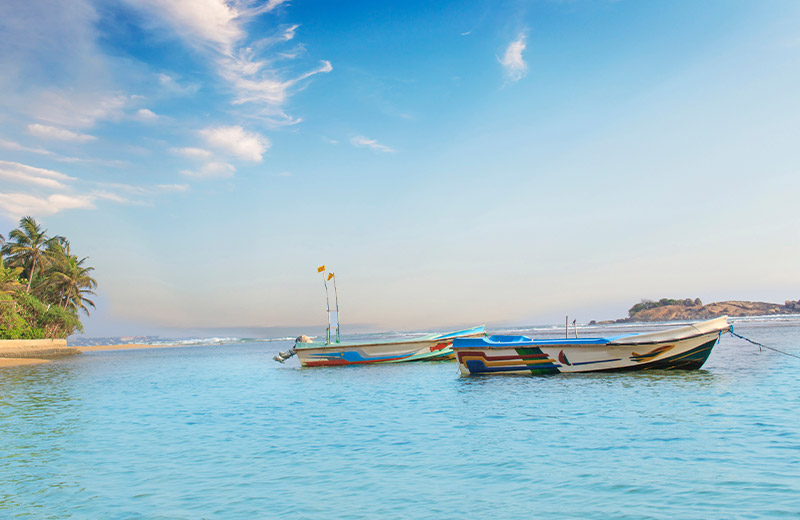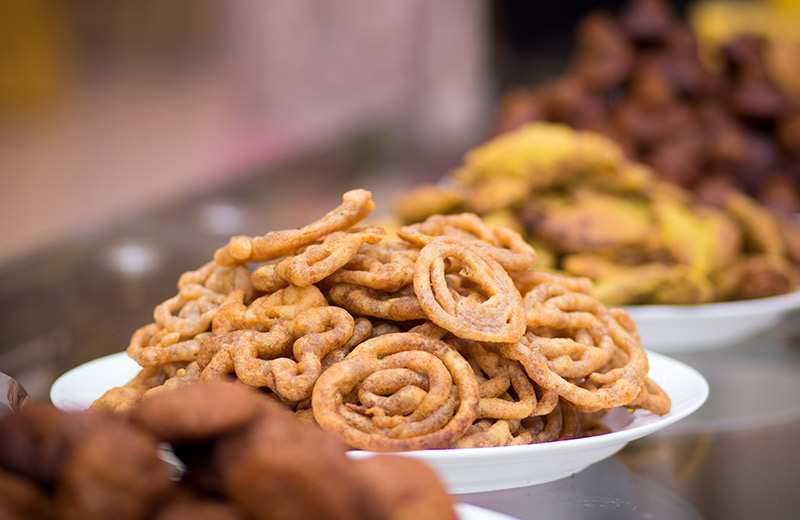Spotting urban wildlife with your family in Colombo
Exploring the wild flora and fauna in different countries is a great way to both learn about and appreciate the beauty of nature with your loved ones.
Sri Lanka, being a tropical island, is home to an astounding variety of animals—many endemic.
Some of the local fauna are endangered, and inquisitive folk are required to be respectful and exercise extra caution if they happen to be around any such species.
Though most of Sri Lanka’s wildlife is spread across the island, there are some intriguing creatures in Colombo that are worth keeping an eye out for. Here are a few urban critters you may run into in the city.
1. Western purple-faced langur (Semnopithecus vetulus nestor)
These monkeys are a subspecies of the purple-faced langur and can be spotted in and around the suburbs of Colombo, roaming around amongst rooftops and trees, often partially consuming guavas from neighbouring trees, and carrying on.
These Old World monkeys have long tails and prominent whiskers. They are herbivores, consuming mainly leaves, and sometimes fruits and seeds. They are capable of making a sound akin to the roar of a leopard, its primary predator.
Despite them once having been quite common in Colombo, city development led to a loss of habitat, in turn, decimating their numbers. The Western purple-faced langur is, unfortunately, critically endangered.
2. Eurasian otter (Lutra lutra)
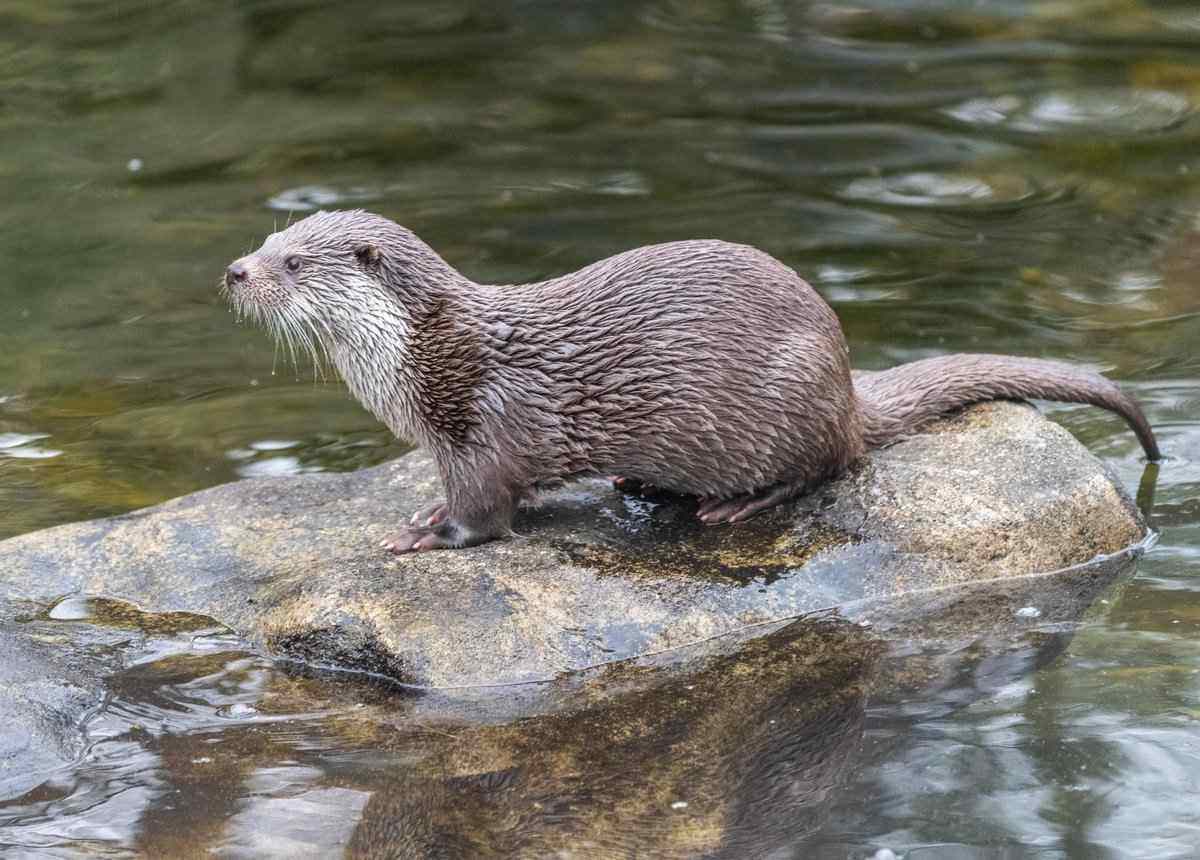
The elusive Eurasian otter is the smallest of the world’s otter species and could be found along the main river systems of Sri Lanka; but in the past several years, their numbers have grown thin. This shy creature is in fact near threatened and is a protected species, with conservation efforts presently in motion.
Their diet consists mostly of fish, and they can inhabit any freshwater body as long as they have access to food. Occasionally, they consume crustaceans, insects, and even other mammals. Sometimes, these otters roam along saltwater bodies, but they aren’t well-adapted to thrive in those waters.
3. Rat snake (Ptyas mucosa)
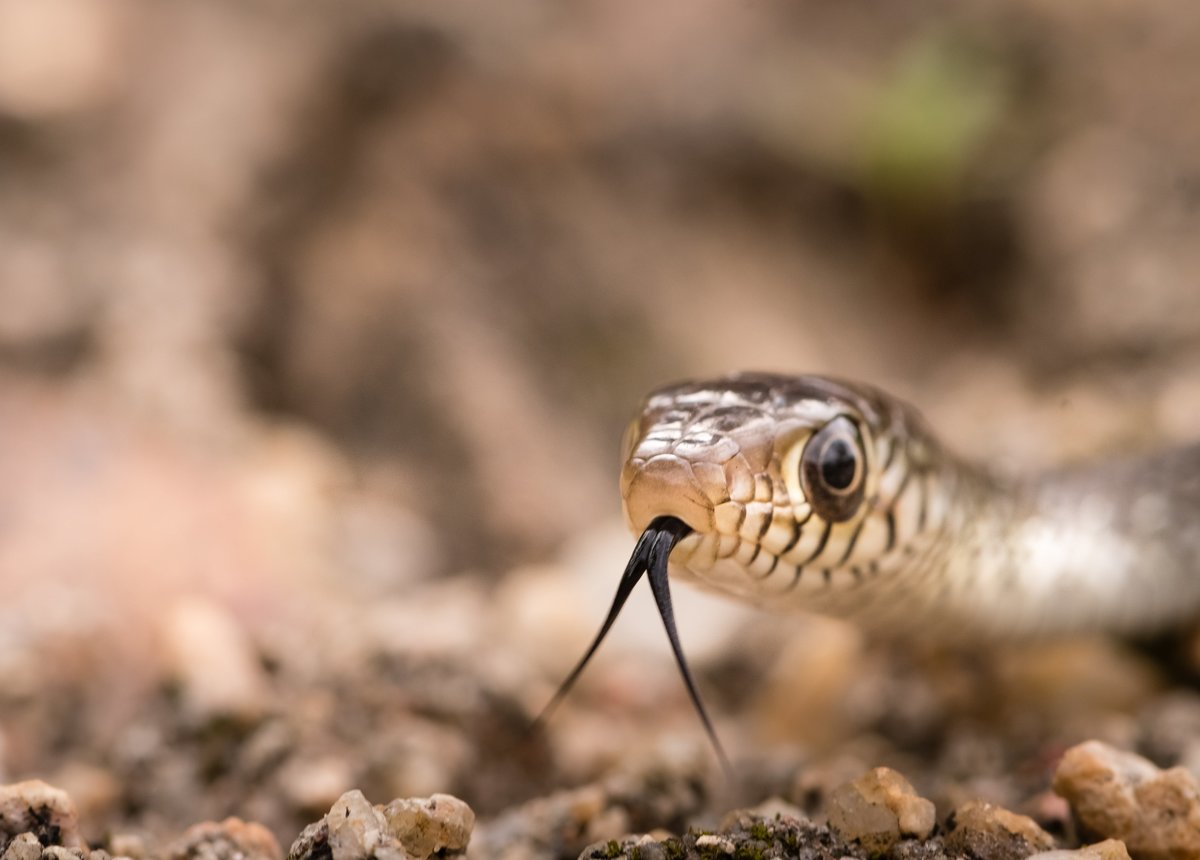
Many people are afraid of snakes and with good reason. Snakes can be dangerous if meddled with, but just like humans, snakes vary greatly. Three snakes found in Sri Lanka in particular are quite dangerous, and most local fatal attacks have been attributed to them: the cobra, Russell’s viper, and common krait. But there are others that are gentle creatures that do more good than harm, such as the rat snake. Despite its fearsome length (with many reaching well over 6ft), these snakes are friends, not foes. They are non-venomous and rely on constricting their prey, which are mostly pestilent rodents. When they come across humans, they mostly don’t care, but best leave them alone because they could bite if threatened. Regardless, they are harmless to us and yet crucial components of the Sri Lankan ecosystem.
4. Green imperial pigeon (Ducula aenea)
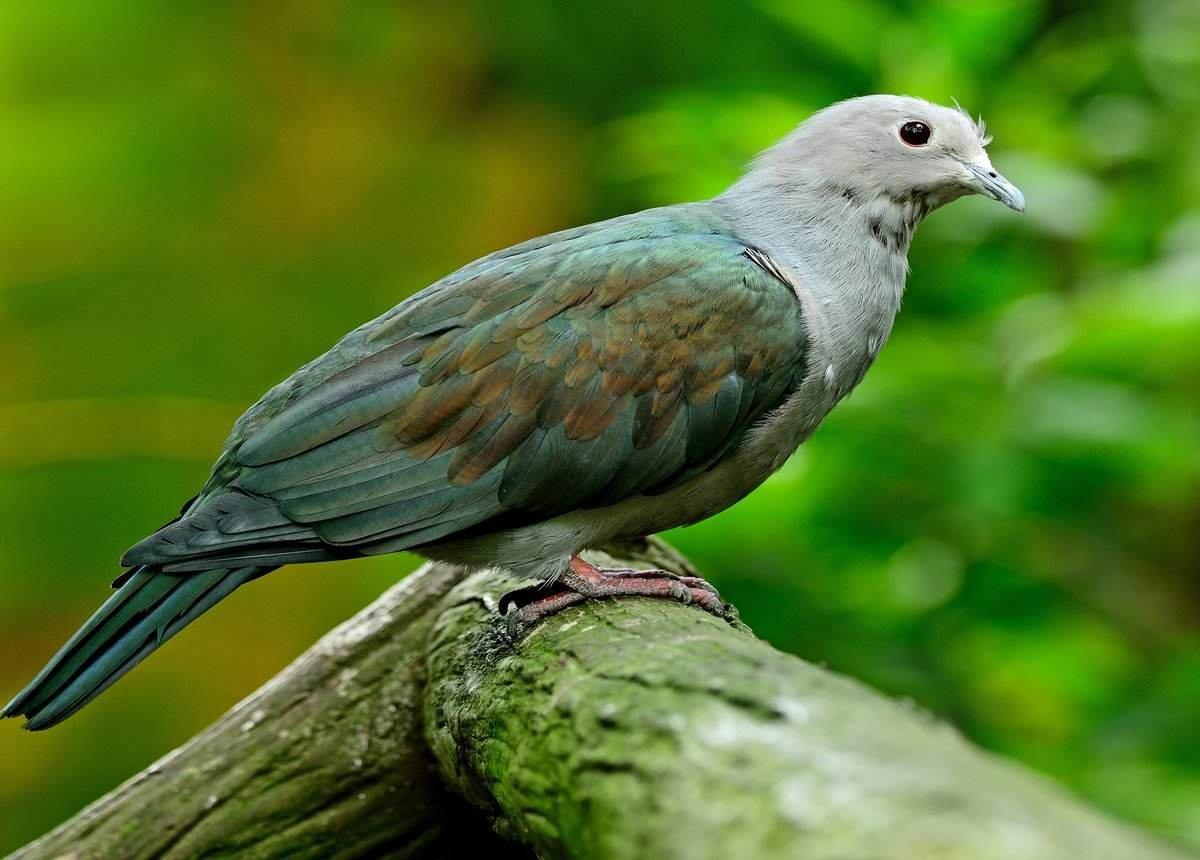
These beautiful, green and white plummaged pigeons could be found in larger numbers on the outskirts of Colombo, but it’s possible to catch a glimpse of them in the sparse forest patches within Colombo.
This pigeon is a moderately large bird, growing up to 45cm in length. They reside in treetops, being an arboreal species, making them difficult to spot amongst the forest canopy. The green imperial pigeons are solitary birds, only occasionally flying in small flocks. Their diets consist mostly of fleshy fruits and other plant material, which is why they’re most abundant during the fruiting seasons.
5. Saltwater crocodile (Crocodylus porosus)
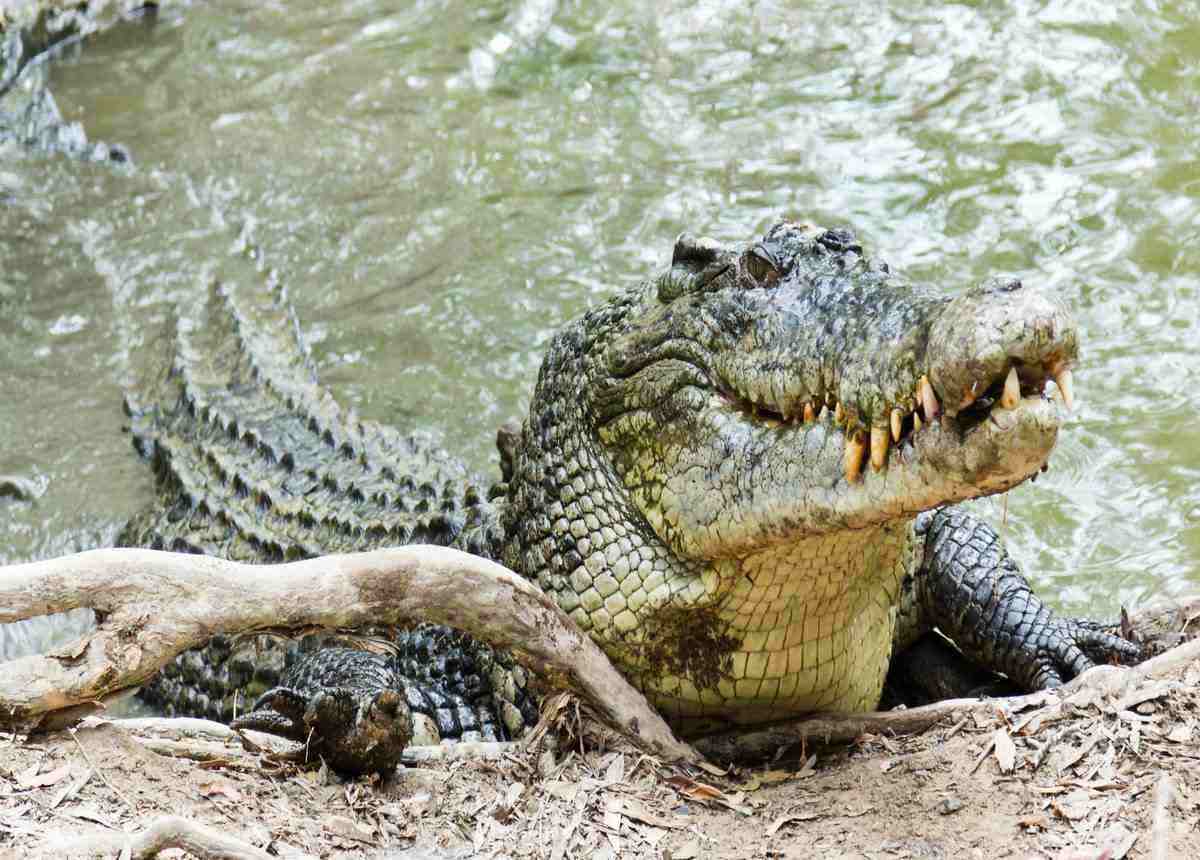
Now these are one the creatures of Colombo you may want to keep a safe distance from. Sri Lanka hosts two species of crocodiles: saltwater and mugger. The saltwater crocodile, which was given the name due to its penchant for navigating across the sea to different waterways, can be found in brackish and freshwater, and have been spotted in swamps.
The larger specimen tend to reach over 20 ft in length and weight about 1,100 lbs. They are a very aggressive species, second only to the Nile crocodile, and often nest in grassy areas alongside the waterways they frequent.
Despite their terrifying appearance and reputation, they’d make for an excellent sighting—especially if when you’re several feet away from one. Be mindful with children as they may not fully understand the dangers of interacting with crocodiles, and these crocs tend to stay hidden most of the time, either in the grass or water.
